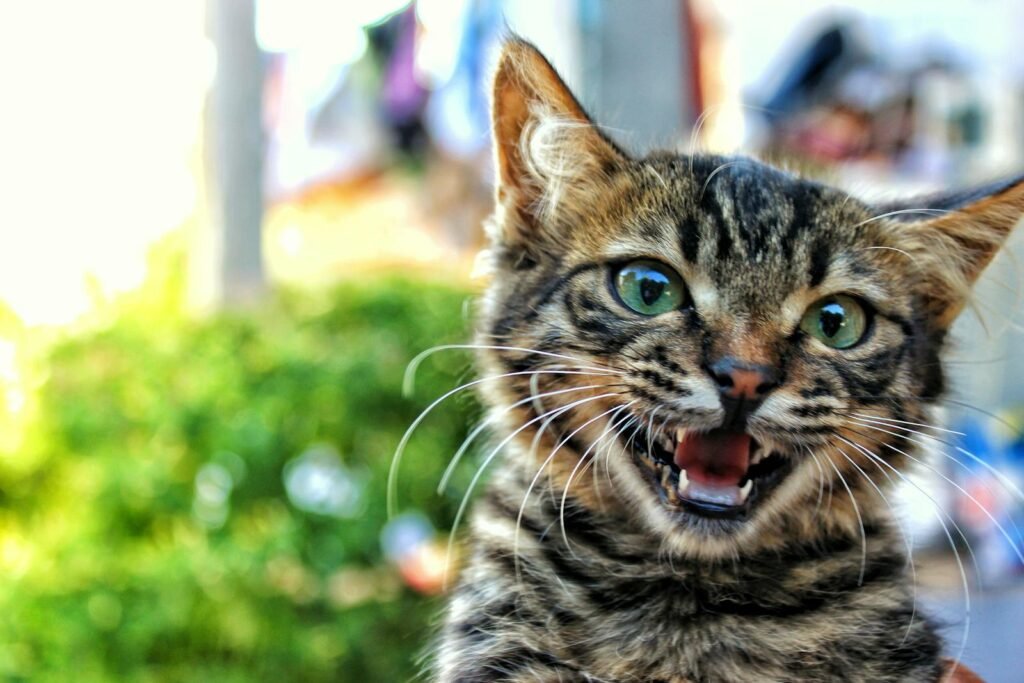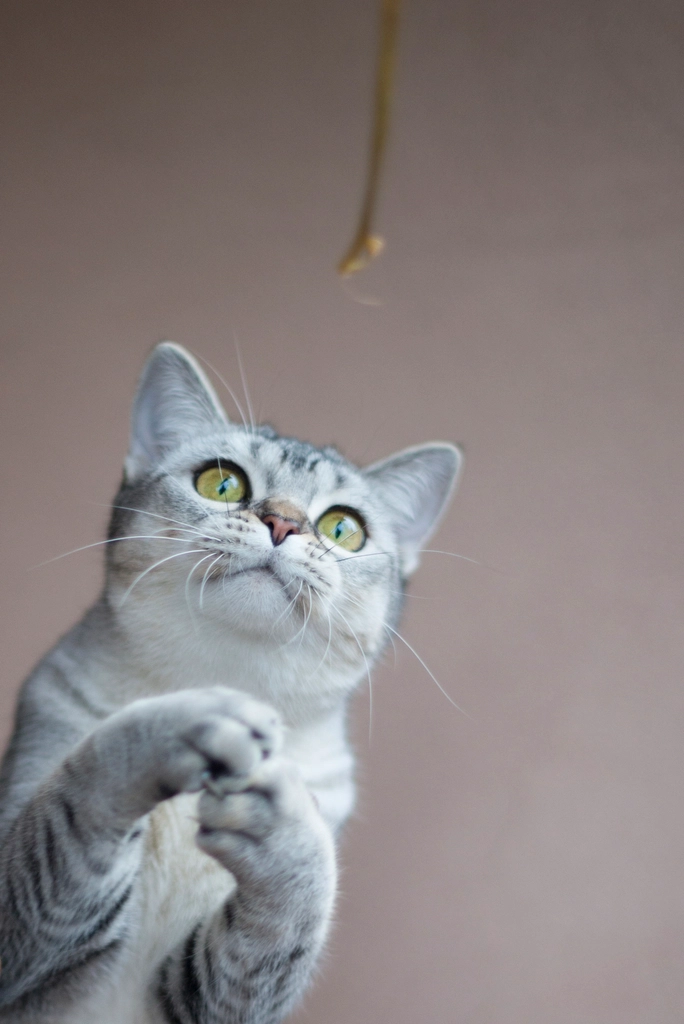Have you ever wondered if your cat truly loves you, or if you’re just the human who fills their food bowl? The moment a cat begins to bond with you, something magical happens—a subtle transformation that’s easy to miss if you don’t know what signs to look for. This emotional shift can turn a shy, aloof feline into a cuddly companion, full of trust and affection. For cat lovers, recognizing these changes is like deciphering a secret language—one that builds a deeper, more rewarding relationship. Let’s explore the clues that signal your cat’s heart is opening up.
Eyes That Speak Volumes
When a cat starts to bond, their eyes reveal more than you might expect. A cat that feels safe will often gaze at you with soft, slow blinks. This is the feline equivalent of a gentle smile, a gesture that says, “I trust you.” If you notice your cat blinking slowly when they look at you, try blinking back—it’s a silent conversation only bonded friends share. Dilated pupils, meanwhile, can signal excitement or affection. Watch for these subtle changes, as a cat’s eyes are windows into their growing trust. Even the way your cat holds their gaze—relaxed and lingering rather than wide-eyed and wary—can signal a strong emotional connection.
Body Language of Trust
A cat’s body speaks louder than words ever could. When a cat starts bonding, their posture relaxes around you. You might notice them stretching out beside you, exposing their belly—a vulnerable spot only shown to those they truly trust. Ears that are slightly forward, rather than pinned back, show comfort. If your cat rubs their cheek or head against you, they’re marking you with their scent, claiming you as part of their safe world. The tail also tells a story: a tail held high with a gentle curve means your cat is happy and confident in your presence.
Vocalizations That Mean More

Cats communicate through a variety of sounds, and when bonding begins, you’ll likely notice changes in how your cat vocalizes. A cat developing a bond may start to greet you with soft meows or gentle purrs. Some cats even “chirp” or trill—a unique sound often reserved for those they feel close to. Listen closely: a contented, rhythmic purr while sitting in your lap is a clear sign of emotional warmth. Over time, your cat may develop a special “voice” or specific sounds just for you, further deepening your unique connection.
Seeking Your Company More Often
One of the most touching signs of a growing bond is when a previously independent cat starts seeking out your presence. You might find them following you from room to room, sitting beside you during quiet moments, or curling up on your lap when you least expect it. This shift from solitude to seeking companionship is a powerful indicator of trust and affection. Some cats even sleep near their humans, which in feline terms, is the ultimate show of vulnerability and comfort. Notice how your cat chooses to be near you, even if just to nap in the same room—it’s a sure sign their emotional walls are coming down.
Playfulness and Gentle Interaction

A bonded cat often becomes more playful and interactive. You might notice your cat initiating games, bringing you toys, or gently pawing at your hands for attention. Play is not just about entertainment—it’s a social activity that helps strengthen your connection. Sometimes, a cat will “hunt” a toy and proudly deliver it to you, demonstrating trust and a desire to share their world. Their playfulness may also become softer and more measured, with less biting or scratching, reflecting a shift from defensive to affectionate behavior.
Purring and Physical Affection
Purring is one of the most endearing signs that a cat feels safe and content. When a cat starts bonding, you’ll notice them purring more often, especially during moments of closeness. They might nuzzle your hand, press their head into your palm, or even make “biscuits” by kneading you with their paws—a kitten-like gesture that signals deep comfort. These physical expressions are heartfelt ways your cat shows their growing attachment. The more your cat seeks out gentle touch, the more you can be sure their emotional bond is strengthening.
Following Your Routine
A bonded cat loves to become part of your daily life. You might notice your feline friend waiting by the door when you come home or joining you during your morning routine. Some cats will “help” with chores, sitting on your paperwork or weaving between your legs as you move about the house. This eagerness to be involved in your activities reflects a strong desire to be close to you. When your cat syncs their schedule with yours, it’s a heartwarming sign of true companionship.
Scent Marking and Grooming Behavior
Cats have special scent glands on their cheeks and head, and when they rub against you, they’re claiming you as their own. This marking behavior intensifies as your bond grows. You might also see your cat grooming you with little licks or gentle nibbles. In cat language, grooming is reserved for family and trusted friends—it’s a sign of ultimate acceptance. These behaviors might seem small, but they carry a powerful message: your cat feels at home with you.
Reduced Signs of Fear or Anxiety
As a cat begins to bond, you’ll notice a dramatic decrease in fearful behaviors. No more darting under the furniture at every sound or shying away from your touch. Instead, your cat may become more curious and confident, exploring new spaces or approaching you with their tail held high. Their body will be more relaxed, and their interactions more open. This reduction in anxiety is a telling sign that your cat feels safe and cherished in your presence.
Responding to Your Emotions
A bonded cat often becomes attuned to your moods and emotions. You might find them curling up beside you when you’re feeling down, or purring softly when you’re stressed. Some cats will even mirror your energy, becoming more playful when you’re happy or more subdued when you’re sad. This emotional sensitivity is a remarkable sign that your connection has deepened. Your cat isn’t just a pet—they’re a true companion, sharing life’s highs and lows by your side.

Alex is a born and raised Capetonian with a strong love for animals and the outdoors. She is a first-year veterinary student at the University of Pretoria in South Africa. She also completed a BSc in Animal Science at Stellenbosch University, where her passion for working with animals only strengthened. She has always surrounded herself with animals and has been fortunate enough to work closely with them.






